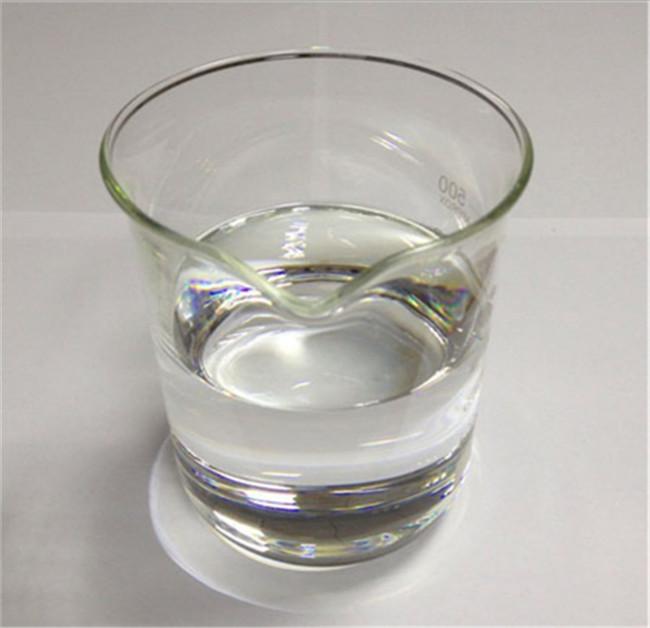A substance added to a liquid to reduce its surface tension. Surfactants that can wet liquids or accelerate wetting of solid surfaces are called wetting agents. The HLB value is around 10.

Performances that wetting agents should have
Substances that make solid materials more easily wetted by water. By reducing its surface tension or interfacial tension, water can spread on the surface of the solid material or be thrown into its surface to moisten the solid material.
Wetting principle Wetting agents are composed of hydrophilic groups and lipophilic groups. When in contact with a solid surface, the hydrophilic group adheres to the solid surface, and the lipophilic group adheres to the solid surface. The base extends outward into the liquid, causing the liquid to form a continuous phase on the solid surface. This is the basic principle of wetting.
Wetting agents are divided into two categories according to their properties
Wetting agents include anionic and nonionic surfactants.
Anionic surfactants include alkyl sulfates, sulfonates, fatty acid or fatty acid ester sulfates, carboxylic acid soaps, phosphate esters, etc.
Nonionic surfactants include polyoxyethylene alkyl phenol ethers, polyoxyethylene fatty alcohol ethers, polyoxyethylene polyoxypropylene block copolymers, etc.

 微信扫一扫打赏
微信扫一扫打赏

